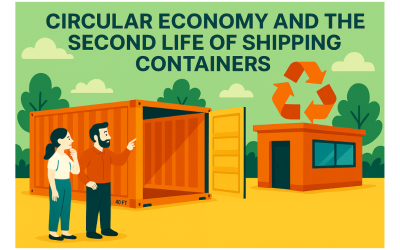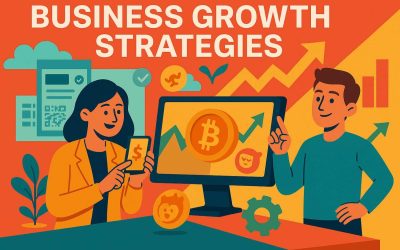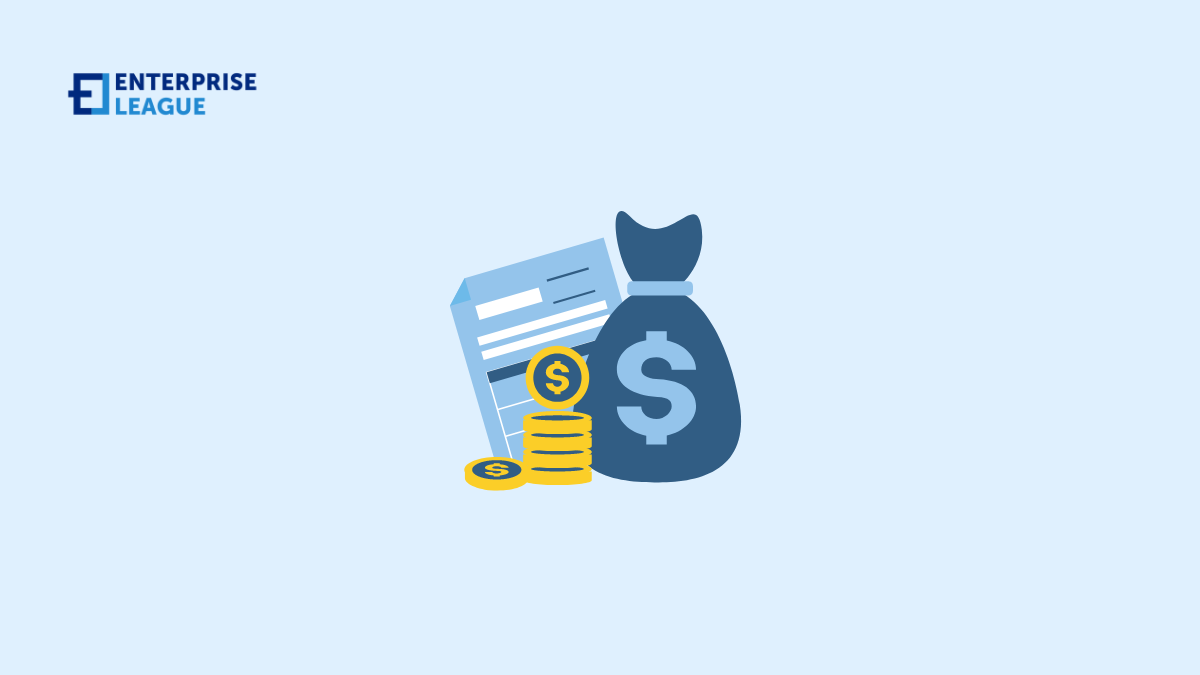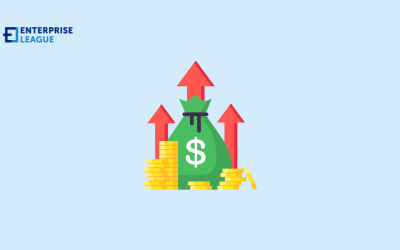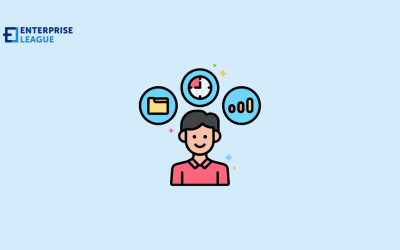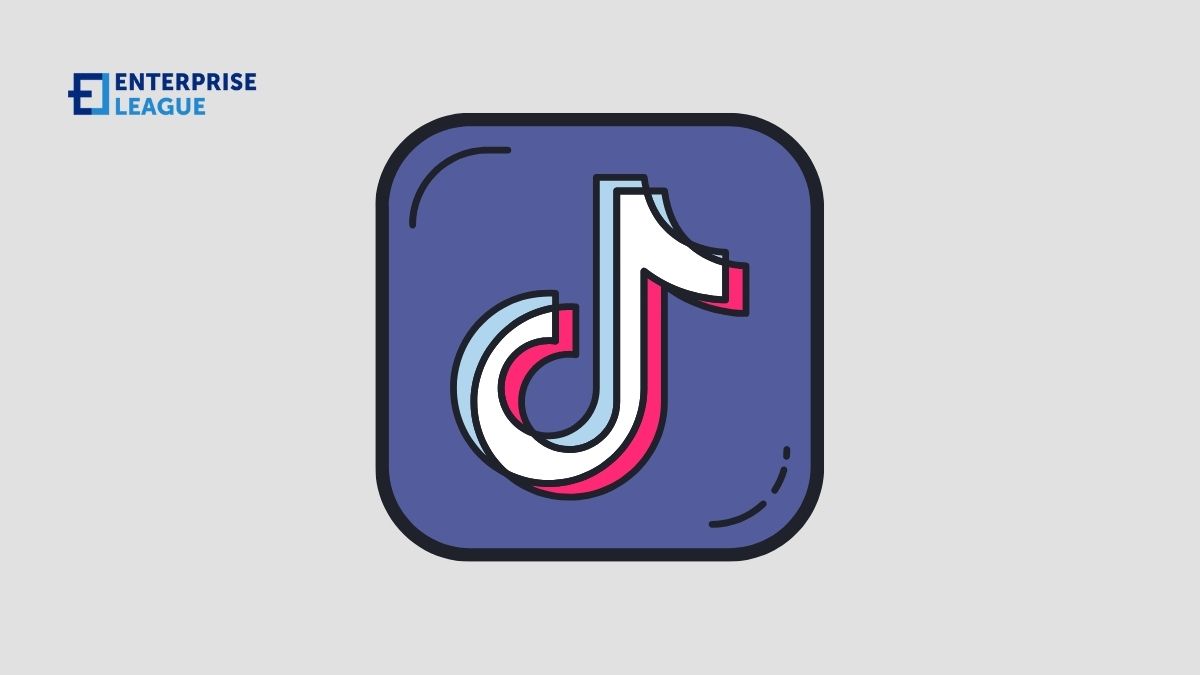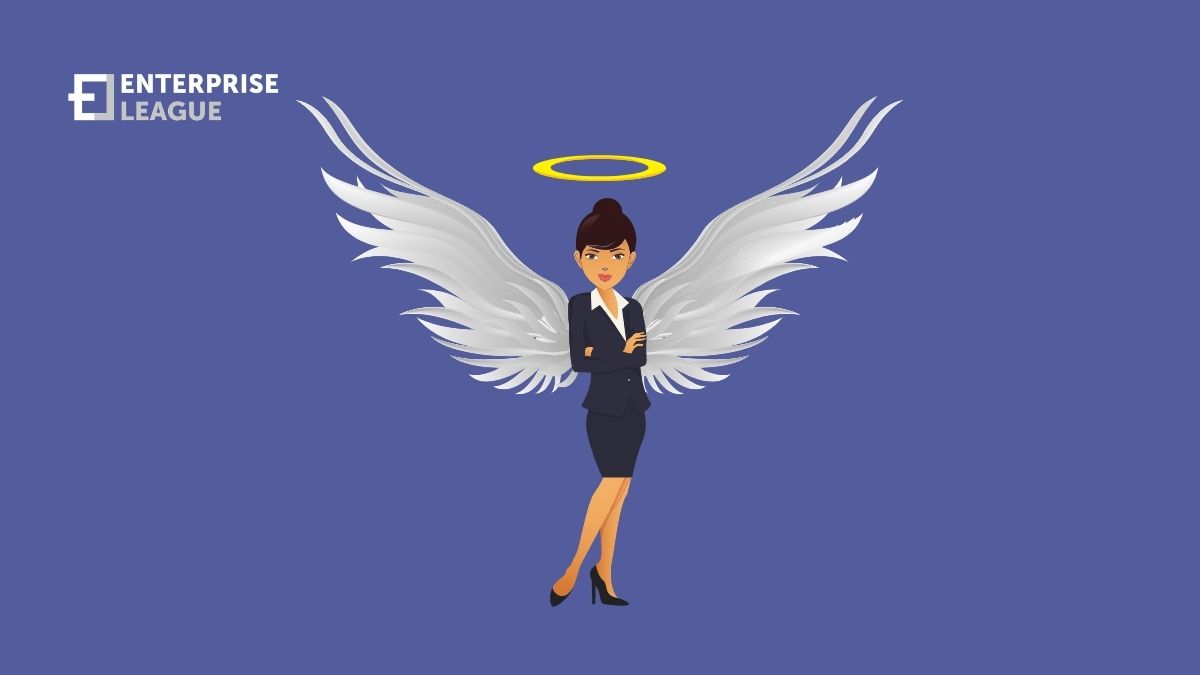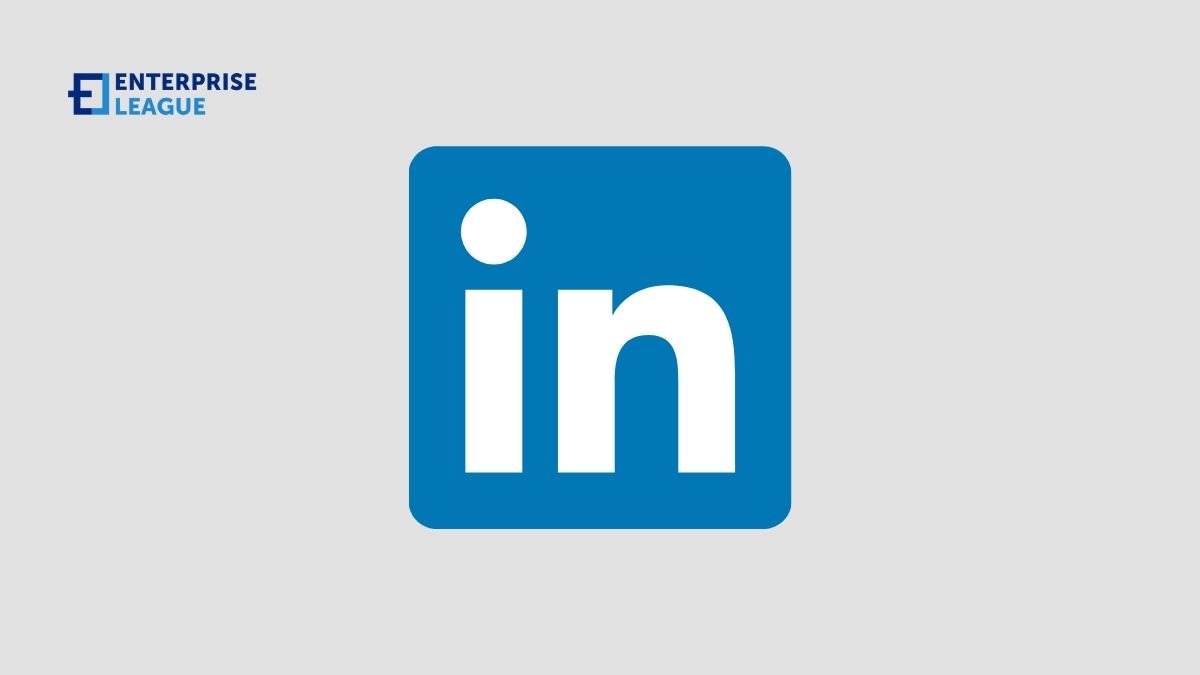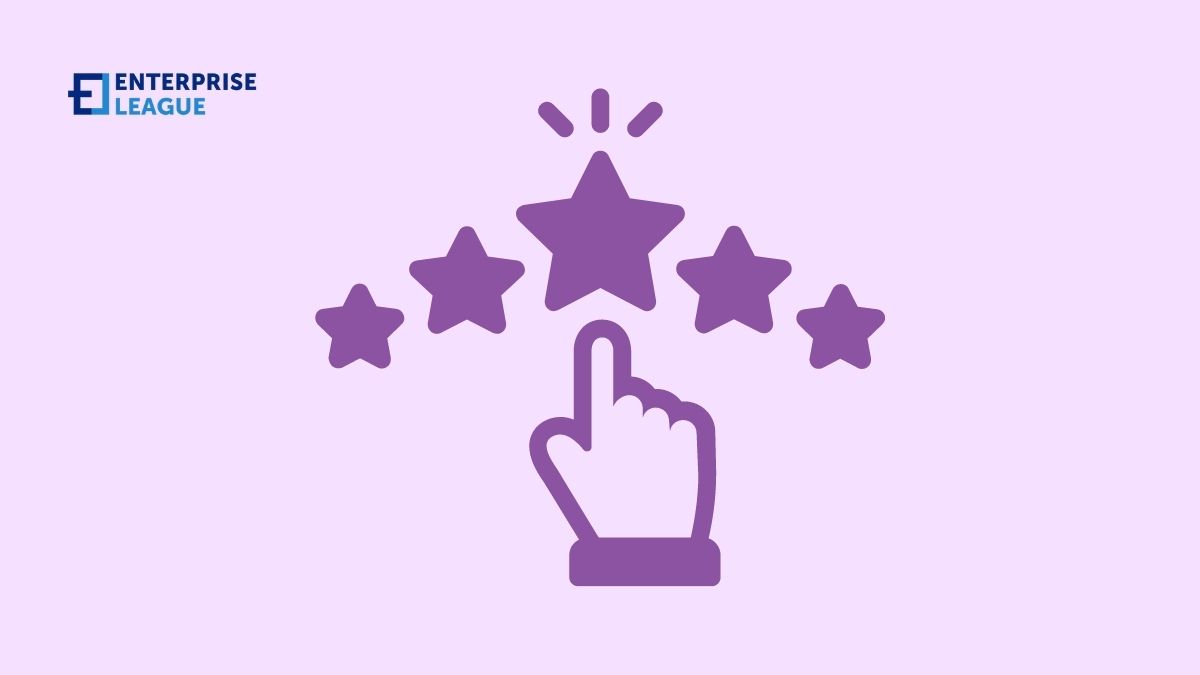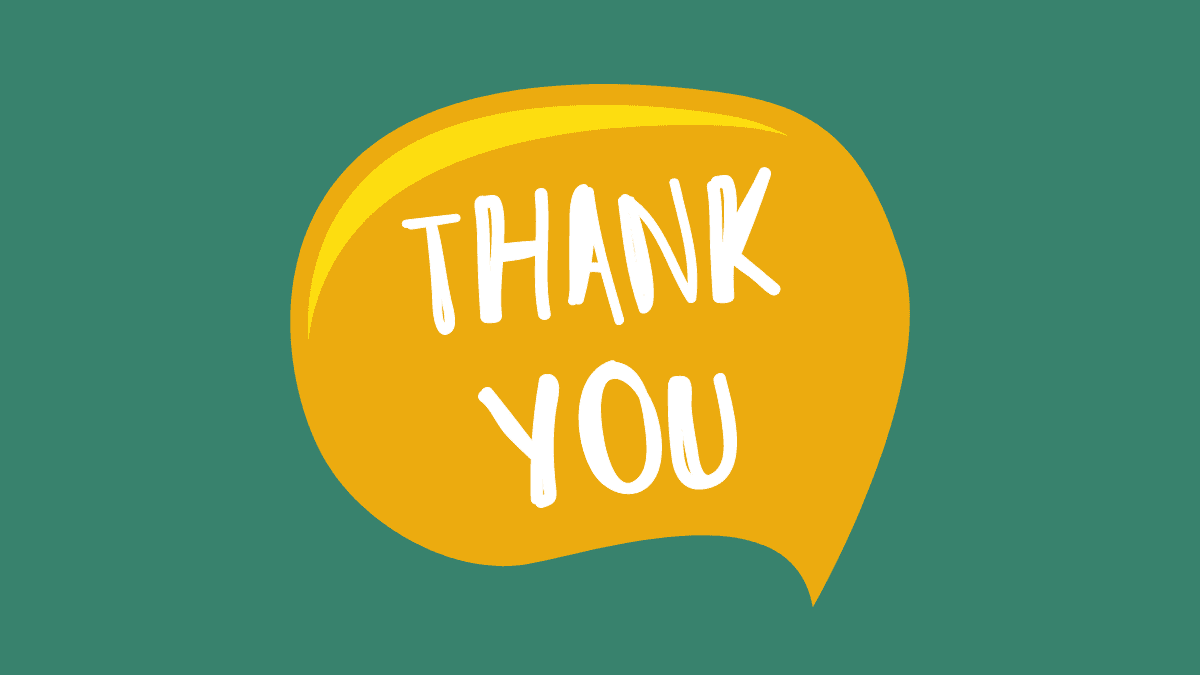The idea of giving products a second life has become central to modern sustainability efforts. Instead of discarding materials once their initial use is complete, the circular economy promotes continuous cycles of reuse and adaptation. Few objects demonstrate this...

How HubSpot professionals will provide you with onboarding services
How HubSpot professionals will provide you with onboarding services
December 07, 2022

Business handling techniques are changed enough by the use of updated tactics. No doubt, all of these tactics are very important and they are beneficial for everyone. If you are willing to make your business smart in operations, you need to accept these effective changes. The first and most important thing you will see here is to get an efficient CRM option for business use.
No doubt, CRM support will give your business a new life which is more than important these days. It will provide your business with a new way to deal with all types of business-related tasks. You must select the HubSpot CRM option for your business and it is a robust solution for B2B marketing. Almost every type of business prefers to switch from its old CRM to HubSpot CRM.
What is HubSpot CRM?
Do you have any idea about this? HubSpot CRM is the most reliable and efficient B2B marketing solution. It is a cloud-based solution and there is no need to install the application. You can access HubSpot from any device or anywhere. All team members will be connected and it will share with you authentic reports.
The specialty of HubSpot CRM is that it will integrate with your professional website, social media accounts, and all types of other financial software. It will generate authentic reports from different sections on demand. HubSpot CRM is also a reliable option for marketing on social media platforms.
HubSpot CRM is highly dedicated to all advanced solutions or features. You will get the ultimate solution by using HubSpot CRM for your business. The best thing about HubSpot is that it is a highly effective solution for the sales and marketing team. All types of profits and non-profit organizations can take help and support from this platform. It will give them a bull ‘s- eye to target new leads for the business.
There are several templates of emails pre-generated in HubSpot and you can use them all for potential clients and new leads to engage them. On the other hand, it will give you all accurate accounting data of the business to check your business expenses and income. For a growing company, it is quite important to focus on its expenses. If anyone can control extra expenses by using the effective formula, business operations will get set effectively.
If you are willing now to get HubSpot CRM support for your business, you need HubSpot onboarding services. You need to hire a professional HubSpot consultant in this regard and they will guide you through everything about it. Hiring a managed services provider will give you fruitful suggestions for your business to make it more efficient. They will suggest the features of HubSpot accordingly.
What is HubSpot onboarding?
HubSpot onboarding is a process in which professional HubSpot consultants will provide you with the opportunity to use this CRM. They will effectively plan the whole strategy for your business which is quite effective and they will apply these during the onboarding process. Moreover, they will shift all data and information from an old CRM to HubSpot CRM and they will ensure you a successful migration process. If you are thinking of moving all important data by hiring a managed services provider, you might be wrong here. You need to hire these professionals.
Here we are going to share with you the complete details about it and you will understand the whole process. It will also clear to you why you need help and support from HubSpot professionals.
How do professionals set HubSpot onboarding plans
Feel free to read all these steps regarding HubSpot onboarding in detail. You will get a smart solution to understand the whole story in depth.
Meeting session with your team members
First of all, professional HubSpot consultants will arrange a detailed meeting session with your whole team. They will frequently demand their business to make it efficient in operations. They will note down each point and briefly check everything accordingly. They will also suggest to you the most impressive features of HubSpot which may be better for your business future.
We all know that HubSpot also offers a lot of free features with ultimate results and solutions. Feel free to manage your time for this critical discussion.
Planning useful strategies
Implementation of onboarding
This step is most important because professionals will start the onboarding process. They will briefly check everything before starting the migration. They will also ensure that all those things you mentioned in the meeting session have been done effectively. The migration or onboarding time will be depending as per the size of the data of your old CRM. All things will get set perfectly and you will find these options.
QA testing
After completion of the Onboarding process, they will briefly check everything and you will get successful migration services. They will apply all their tactics to make this migration complete.
Training sessions
In the start, you may not get a sufficient idea about using HubSpot CRM. Professionals will give you training about using this CRM intelligently. All you need here is to learn an effective platform to get desired solutions.
More must-read stories from Enterprise League:
- Unique and profitable drone business ideas you should be aware of.
- Profitable online education business ideas that you should be aware of.
- Unique and profitable drone business ideas you should be aware of.
- Warning signs of a terrible boss that everyone must be aware of.
- Find out how to turn your hobby into a business.
Related Articles
Circular Economy and the Second Life of Shipping Containers
What Are the Top-Rated Educational Supply Companies
Educational supply companies provide essential tools for teachers and schools to create effective learning environments. Products range from basic items like pencils and paper to sophisticated STEM kits and classroom furniture. These experienced companies offer...
How Businesses Can Innovate To Stay Ahead In Changing Markets
As 2026 approaches, businesses are facing major change from technology to consumer preferences. For instance, AI-powered automation is growing by about 35% each year, transforming daily operations. Customers want more online options and environmentally friendly...
MVPs on a Budget: How Entrepreneurs Validate Faster Without Investors
The modern technological environment offers a large number of strong opportunities, but, at the same time, the frenetic pace of technological development makes it difficult to understand which ideas are viable and which are not. This problem is especially significant...
Tech-Empowered Food Trucks: How Mobile POS, Cloud Ordering & Data Analytics Unlock Profit Potential
Running a food truck is no easy feat. Long lines, slow payments, and wasted ingredients can eat into your profits faster than you can serve up a taco. Many owners struggle to keep operations smooth while trying to meet customer demands. Sound familiar? Here's the good...

